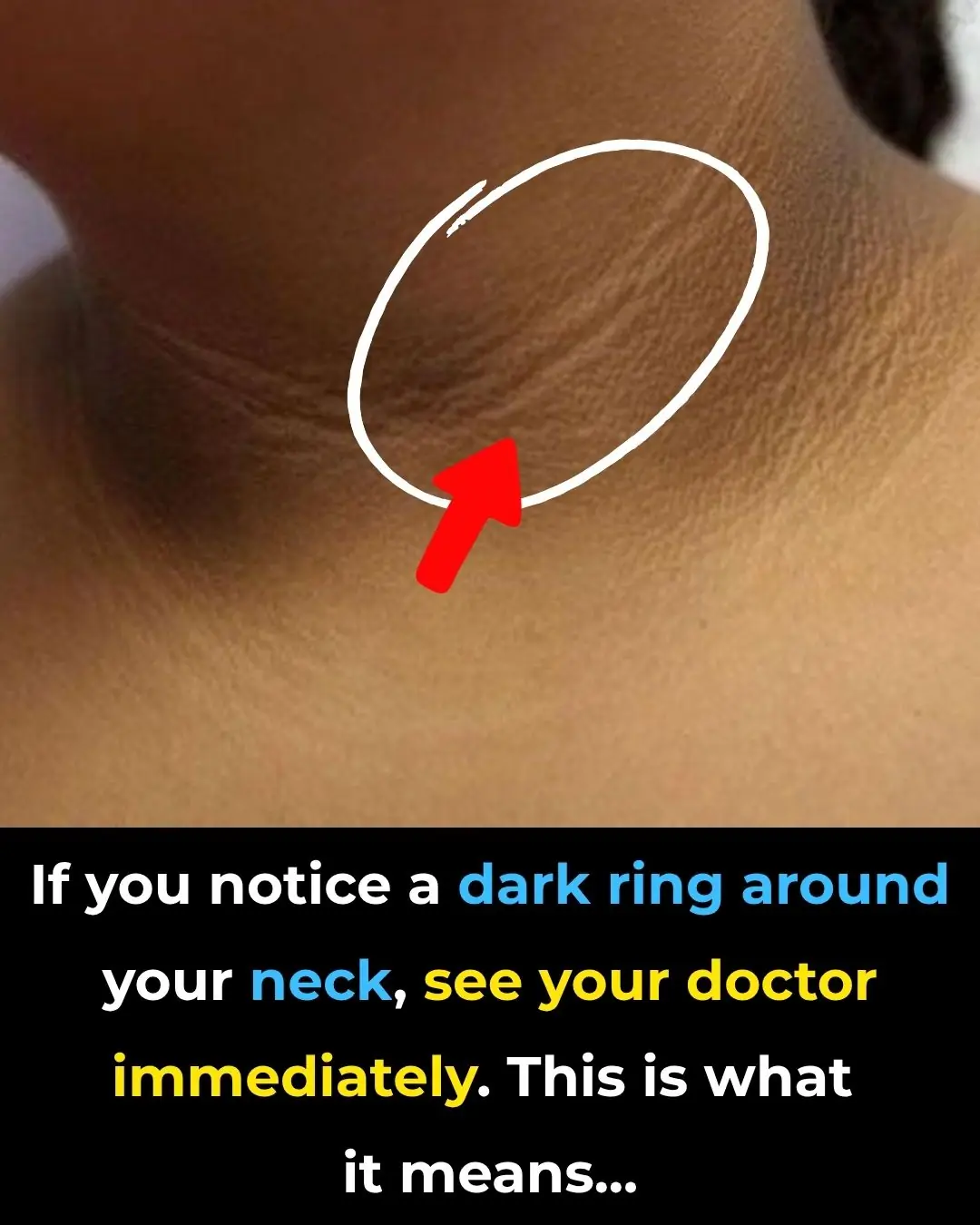
How to Remove Dental Plaque Naturally (Evidence Based)
How to Naturally Remove and Prevent Dental Plaque Build-Up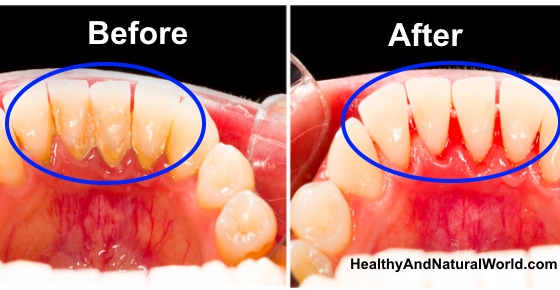
Plaque on your teeth is not just unsightly but can also be detrimental to your health. While many commercial anti-plaque products are available, they often contain harsh chemicals that may not be the best for your long-term oral health. Would you like to find an all-natural alternative to fluoride rinses and synthetic mouthwashes and toothpastes? If so, you're in luck! There are several natural ways to prevent plaque from forming and remove it without relying on man-made chemicals. Let's explore these solutions.
What is Dental Plaque?
Dental plaque is an invisible, sticky layer of bacteria that forms on your teeth after eating or drinking. Medical studies describe dental plaque as a biofilm composed of microorganisms, food particles, bacteria, and their waste. It is the primary cause of cavities, tooth decay, and gum disease.
Plaque can typically be removed by brushing and flossing your teeth regularly. However, plaque that is difficult to reach with regular oral hygiene methods can still persist and lead to more serious dental issues. Professional cleanings and dental checkups are necessary to remove plaque that regular brushing can't eliminate.
What is Tartar?
Tartar, also known as dental calculus, is the hardened form of plaque. If plaque isn't removed, it gradually hardens into tartar, which cannot be removed by regular brushing and requires professional cleaning by a dentist. Tartar buildup can lead to gum disease, cavities, and other dental complications, which is why it is crucial to remove plaque before it turns into tartar.
The Dangers of Dental Plaque
If plaque accumulates on the teeth, it can lead to various oral infections, some of which may require antibiotics for treatment. As plaque turns into tartar, it can cause gums to recede, leading to bone loss and gum diseases like gingivitis and periodontitis. These conditions often require professional dental treatments, such as scaling or root planing, to reverse the damage.
Poor oral hygiene can also result in demineralization of the tooth structure, causing white spots on the teeth. If not treated, these spots can turn into cavities, further increasing the risk of tooth decay. Therefore, it’s important to prevent plaque buildup before it leads to more serious oral health problems.
If you're experiencing early signs of gingivitis, there are several natural remedies that can help treat it. You can find more information on treating gum infections naturally in my article on the topic.
Home Remedies for Removing and Preventing Plaque Build-Up
The great news is that plaque buildup can be prevented and treated naturally with simple home remedies. Here are some of the most effective and natural methods to remove plaque and keep your teeth healthy:
1. Baking Soda and Salt
Baking soda and salt have been trusted by dentists for years as an effective remedy for plaque removal. To make your own natural plaque-fighting paste, mix:
-
1 tablespoon of baking soda
-
1/2 teaspoon of salt
-
Add a little water to form a paste.
Dip a wet toothbrush into the mixture and scrub your teeth for a few minutes. This mixture acts as a gentle abrasive, removing plaque without harsh chemicals. Be sure to spit periodically and dip the toothbrush back into the paste to continue cleaning your teeth thoroughly.
2. Sesame Seed Scrub
Sesame oil has been shown to help reduce plaque and gingivitis. This natural remedy is simple:
-
Take a teaspoon of sesame seeds and chew them, grinding them up with your teeth.
-
Brush your teeth with a dry toothbrush to scrub off the particles.
The ground sesame seeds act as a mild abrasive, helping to polish and remove plaque while also providing a delicious and natural taste.
3. Coconut Oil Paste
Coconut oil is another versatile natural ingredient that is effective for dental health. Coconut oil has antimicrobial properties, making it great for fighting plaque and tartar. To make your coconut oil paste:
-
Mix 2 tablespoons of virgin coconut oil with 2 tablespoons of baking soda.
-
Optionally, add a few drops of peppermint essential oil for a refreshing taste.
Dip your toothbrush into this mixture and brush as you normally would. This paste not only cleans your teeth but also helps maintain a natural, chemical-free oral hygiene routine.
4. Fruits Rich in Vitamin C
Fruits rich in vitamin C, such as strawberries, citrus fruits, and kiwis, can help fight plaque naturally. Vitamin C boosts the immune system and helps the body resist oral infections. A fun way to remove plaque is by brushing with crushed strawberries. Their natural acidity and texture help clean teeth, making this a delicious and effective solution.
5. Oil Pulling
Oil pulling is an ancient Ayurvedic practice that involves swishing oil around in your mouth for several minutes. This process helps remove toxins, bacteria, and plaque. Coconut oil is the most commonly used oil for this practice. Swish 1 tablespoon of coconut oil around in your mouth for 10-15 minutes, then spit it out. This practice can also be done with sesame oil, and it’s great for maintaining a clean mouth and plaque-free teeth.
6. Aloe Vera
Aloe vera, commonly used for its soothing properties on the skin, can also help with oral health. A study published in the Journal of Indian Society of Periodontology found that aloe vera could reduce plaque and improve periodontal health. To use aloe vera:
-
Apply aloe vera gel to your toothbrush and brush your teeth for a few minutes.
-
Aloe vera’s antimicrobial properties help maintain a clean and healthy mouth, preventing plaque buildup.
7. Hydrogen Peroxide Mouthwash
Hydrogen peroxide is a mild antiseptic that can help fight bacteria and plaque in your mouth. To use it as a mouthwash:
-
Mix 3 parts water or your preferred mouthwash with 1 part of a 3% hydrogen peroxide solution.
-
Swish this solution around in your mouth for about a minute once a day.
Hydrogen peroxide helps clean your mouth, killing bacteria and preventing plaque from forming. It’s also a versatile household item with many other uses.
Can Chewing an Apple Help Remove Plaque?
While eating an apple won’t directly remove plaque, studies suggest that chewing an apple can reduce the bacterial viability in your saliva, similar to tooth brushing. However, it’s important to note that this effect is temporary, and plaque may start to regrow within 24 hours after eating an apple. It’s best used as a supplementary measure to your regular oral hygiene routine.
Additional Tips for Preventing Plaque Build-Up
-
Brush Regularly and Effectively: Use vertical motions to ensure every tooth is cleaned properly. Focus on the back teeth, which are often harder to reach. A soft-bristled brush is the best choice for avoiding damage to your gums.
-
Floss Daily: Flossing once a day is essential for removing plaque from between the teeth. Flossing twice a day is ideal for extra plaque prevention.
-
Drink Water After Meals: Rinsing your mouth with water helps remove food particles and prevents plaque from forming.
-
Visit Your Dentist Regularly: Regular dental checkups and cleanings are necessary to remove plaque from areas that brushing and flossing cannot reach.
By incorporating these natural remedies into your daily routine and following good oral hygiene practices, you can effectively reduce plaque buildup and maintain healthy teeth and gums. Remember that prevention is key, so take care of your teeth early to avoid the more serious consequences of plaque and tartar buildup.
News in the same category


Health Food & Nutrition Beauty Aromatherapy Animals
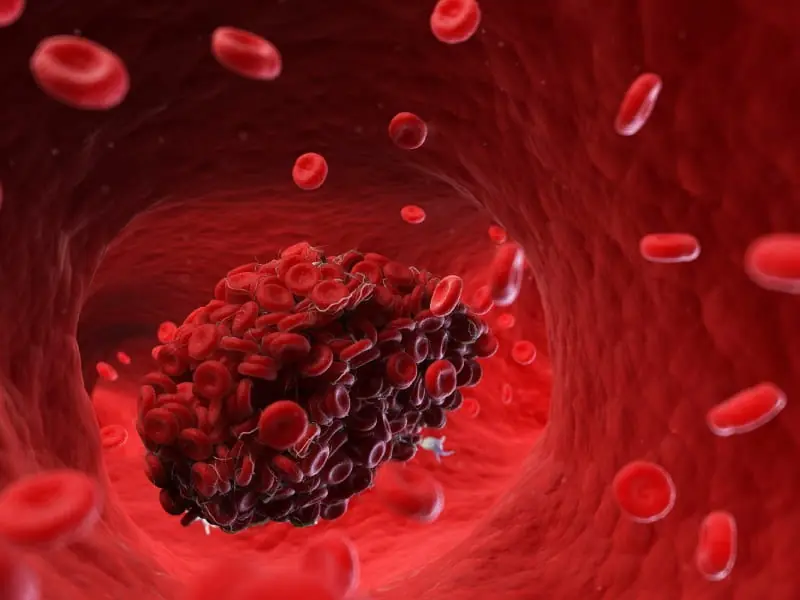
Cardiologists Say This Common Habit Is a Blood Clot Risk

‘Ghost Boy’ Wakes Up From Coma After Being Trapped For 12 Years—What He Heard the Whole Time Will Haunt You

What Staying Up Late Every Night Really Does to You—Massive 24,000 Person Study Reveals the Truth
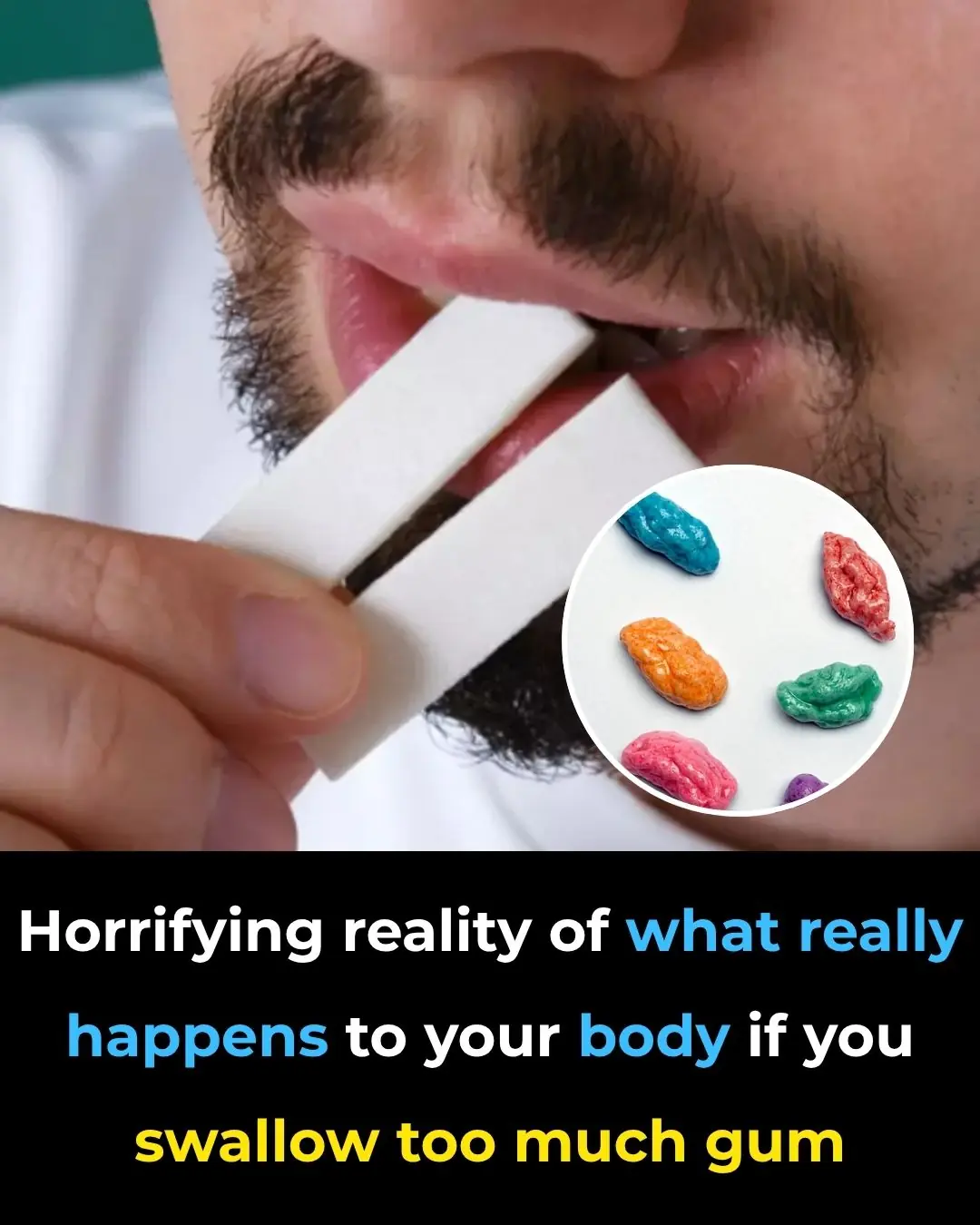
Horrifying reality of what really happens to your body if you swallow too much gum
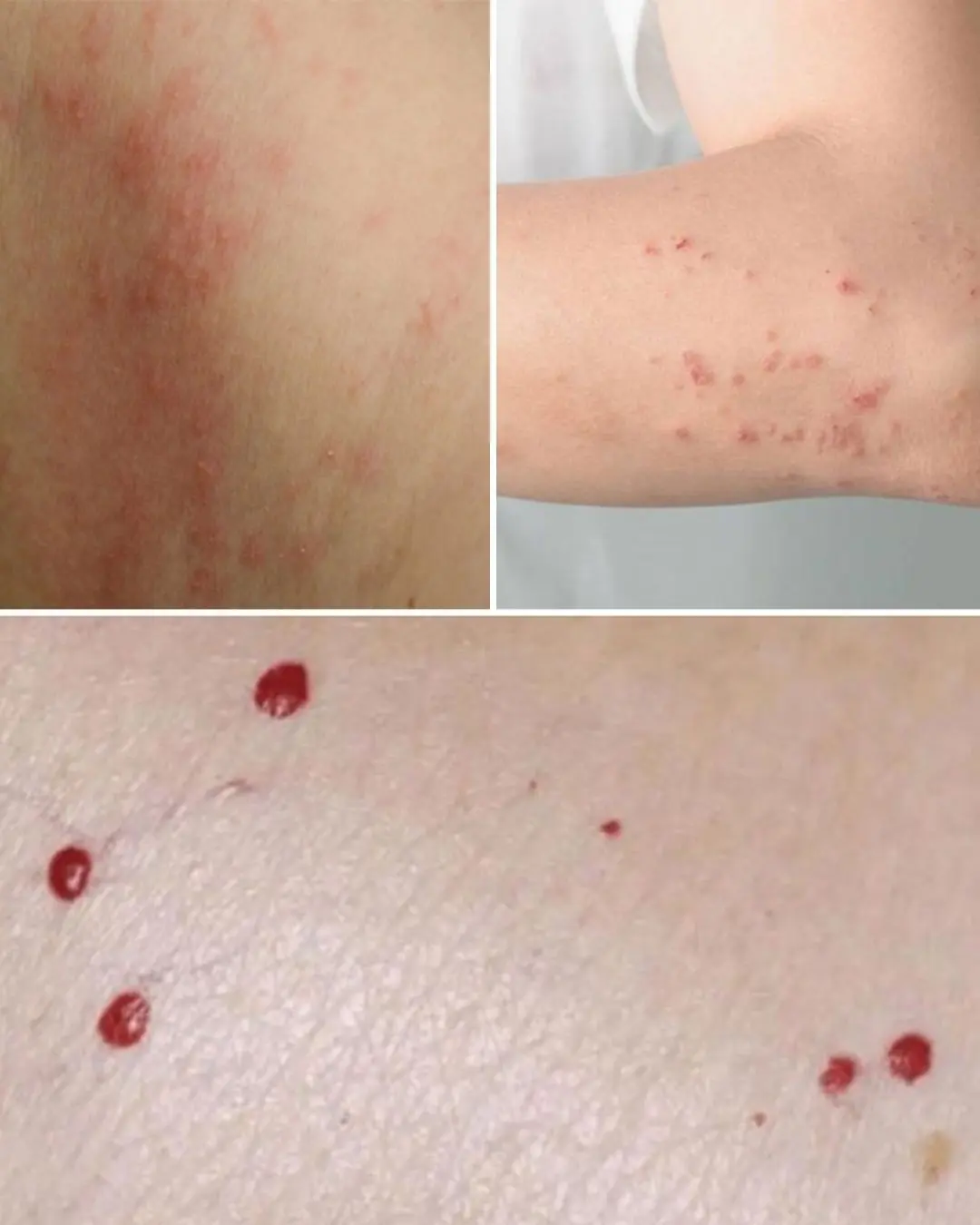
Red Spots on Skin: 13 Common Causes
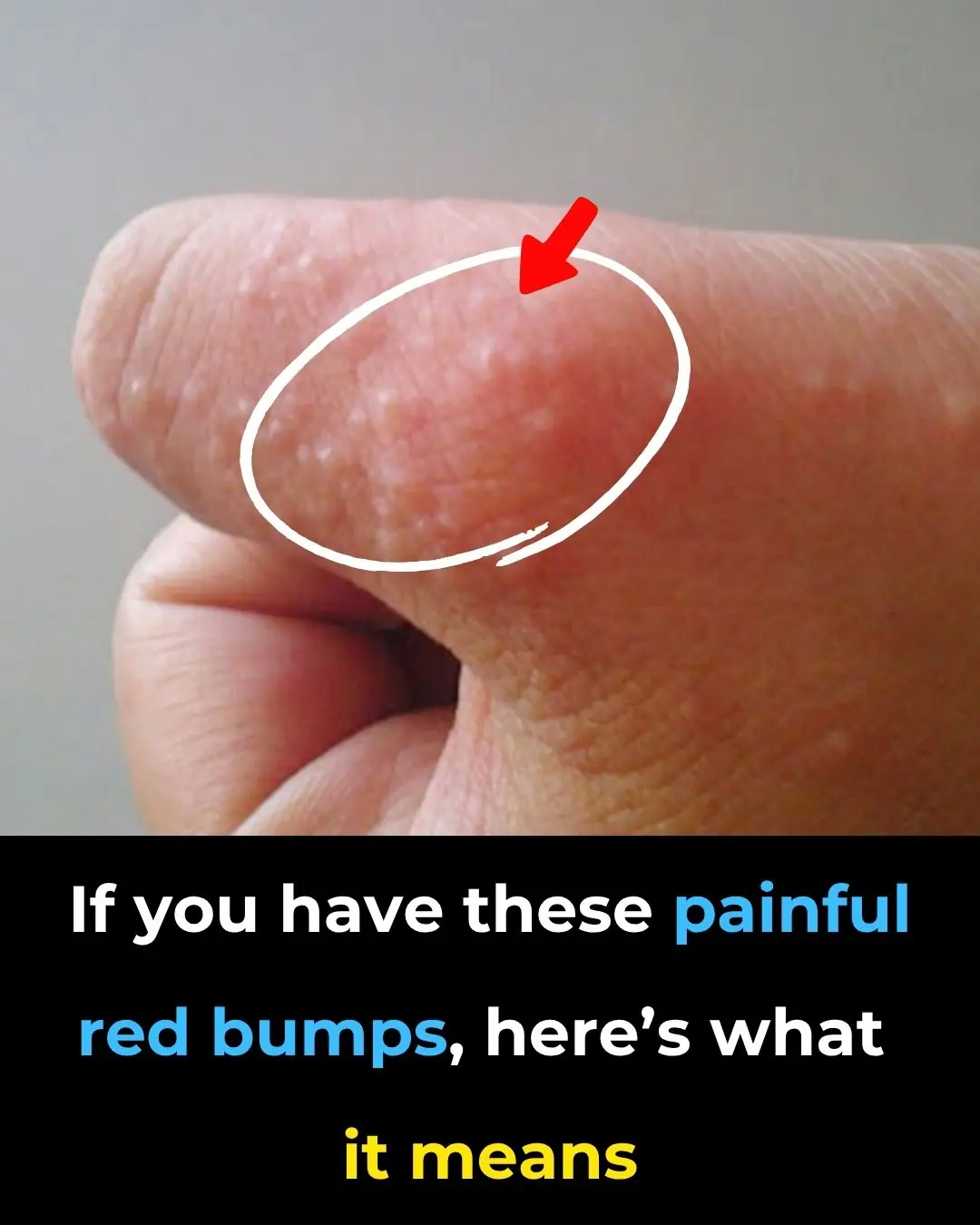
Painful Red Bumps on Skin? It Might Be Dyshidrotic Eczema

7 signs of cancer in the morning when waking up without knowing

Facing Your Phobias While Lucid Dreaming May Reduce Real-Life Fears, Scientists Say

Scientists Reveal: Fat Is Expelled Through Your Breath During Weight Loss. You Literally Breathe Out Fat

Scientists Have Found The ‘Off’ Switch For Anxiety Without Any Side Effects

How to Lower High Blood Pressure Quickly Without Medications (Evidence Based)
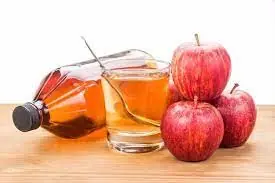
10 Surprising Benefits of Drinking Apple Cider Vinegar According to Science
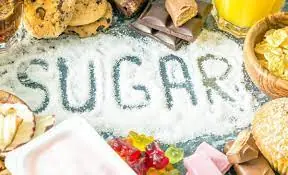
Unlock Your Body's Healing Power: Just 9 Days of Less Sugar

Breakthrough male birth control pill just passed human safety testing
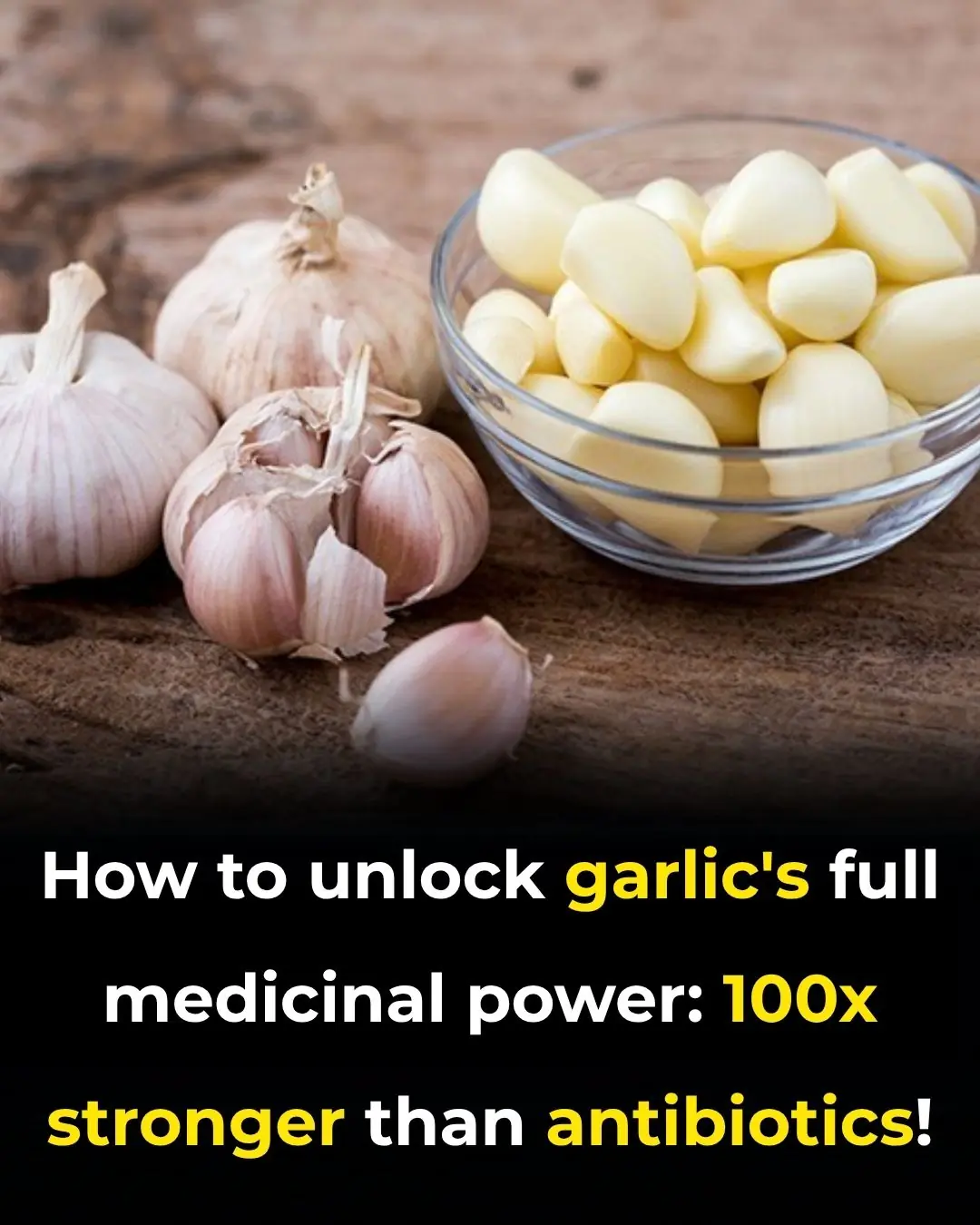
Medicinal Health Benefits of Garlic (Raw, Supplement) – Science Based

Warning Symptoms of Vitamin B12 Deficiency and How to Fix It
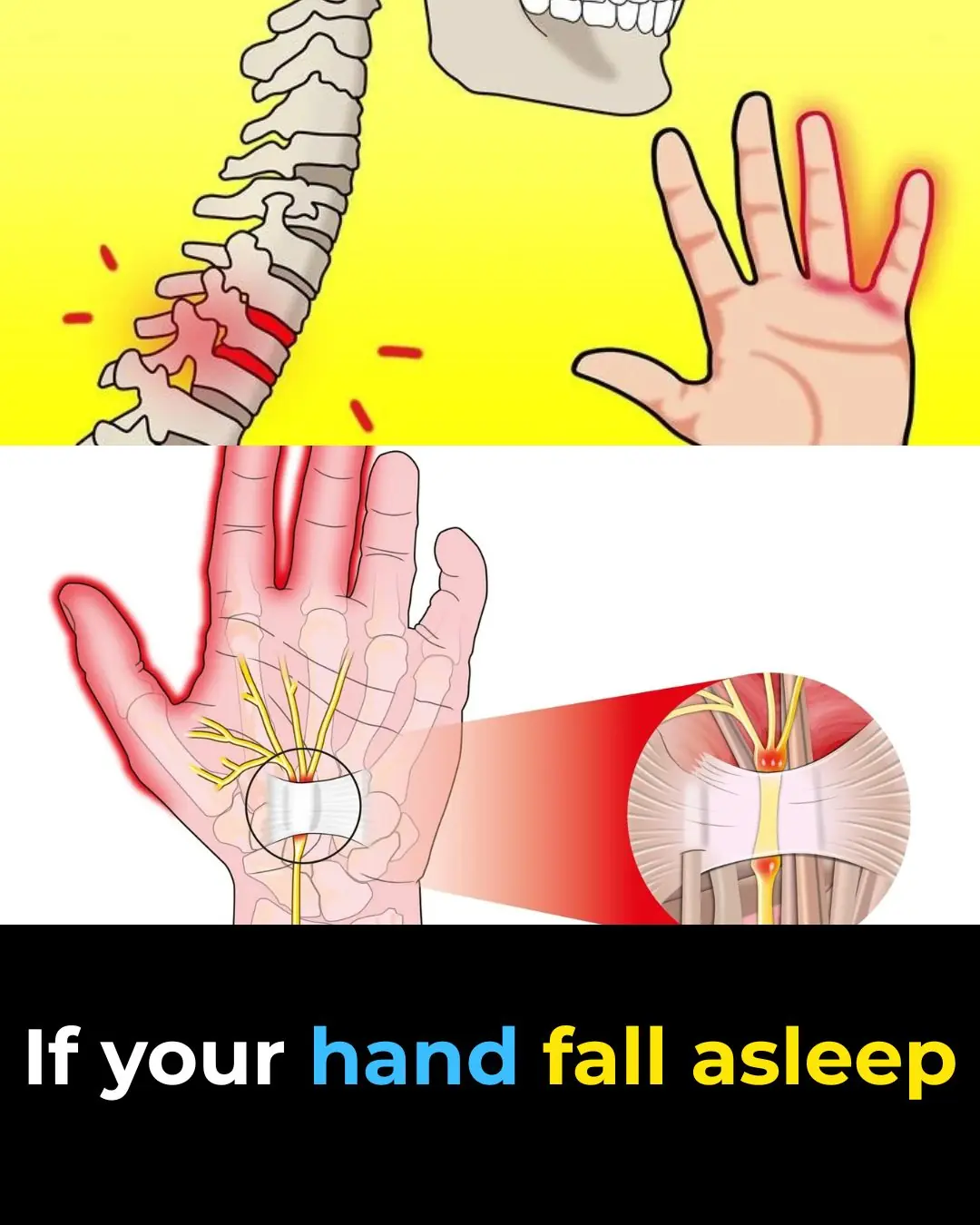
Tingling Sensation In Your Body: Why Does It Happen
News Post

If You Notice a Dark Ring Around Your Neck, Go See Your Doctor Immediately! This Is What It Means

— They came empty-handed — so drink water, — the relatives finally drove the hostess crazy.

Health Food & Nutrition Beauty Aromatherapy Animals

A Waitress Shamed My Grandma for Leaving 'Too Small' a Tip – I Made Her Regret It in the Most Unexpected Way

My MIL Secretly Made a Duplicate Key to Our House — What She Did There While We Were Away Stunned Me

I Found Out My Brother Was Secretly Transferring Money to My Wife – When I Figured Out Why, I Went Pale

I Saw a Lost Child in the Airport — What He Had in His Backpack Made Me Gasp

I Got a Text from My Husband’s Number Weeks after He Died & When I Traced It, the Truth Shattered Me — Story of the Day

Millionaire Dresses as a Bum and Visits His Company on an Undercover Mission — Story of the Day

Cardiologists Say This Common Habit Is a Blood Clot Risk

Denmark is fighting Al. It just gave citizens copyright to their own face, voice, and body.

‘Ghost Boy’ Wakes Up From Coma After Being Trapped For 12 Years—What He Heard the Whole Time Will Haunt You

Scientists Just Linked Autism to Neanderthal DNA Found in Modern Humans

What Staying Up Late Every Night Really Does to You—Massive 24,000 Person Study Reveals the Truth

Woman paralyzed for 20 years reveals shocking impact of Elon Musk's Neuralink brain chip

Horrifying reality of what really happens to your body if you swallow too much gum

Red Spots on Skin: 13 Common Causes

Painful Red Bumps on Skin? It Might Be Dyshidrotic Eczema

First-Class Passenger Made Fun of Her Appearance—He Regretted It Moments Later
